

0 m
80 m
160 m
240 m
320 m
400 m
480 m
560 m
640 m
720 m


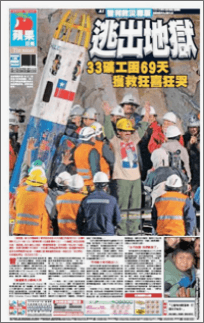
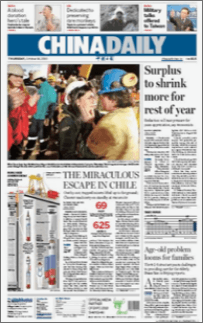
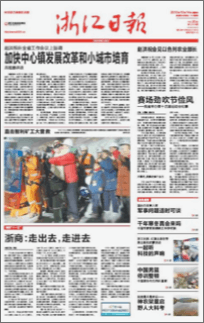
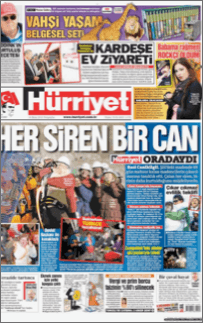
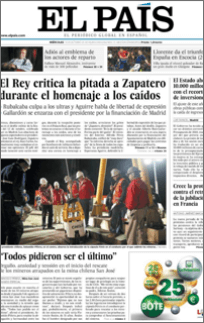
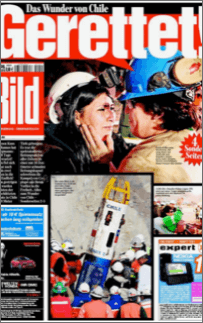

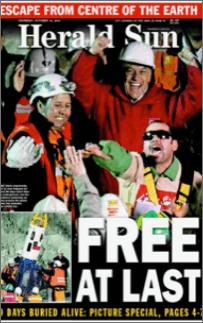
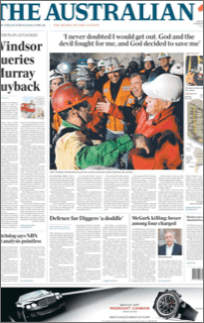


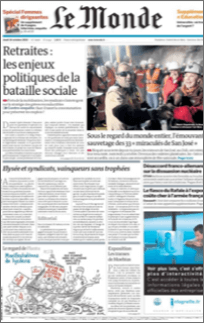

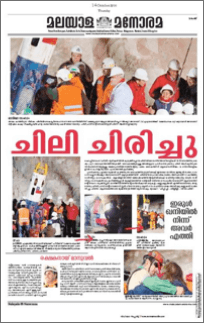
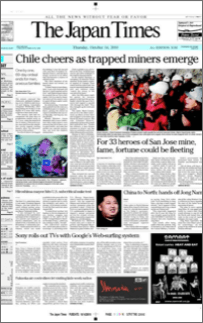


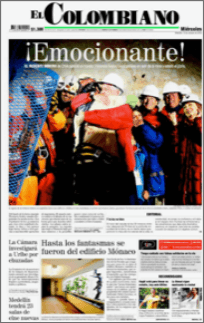
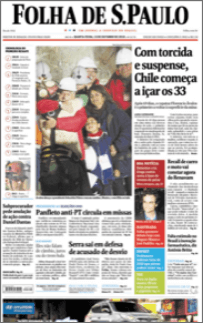
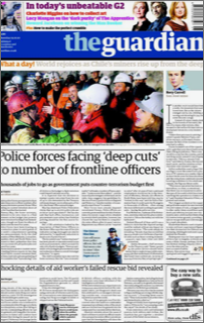
From Germany to Morocco. Japan and even South Africa. The media from around the world arrived at San José Mine to tell the story that transcended all borders. The rescue of the 33 miners attracted more than 300 journalists from 42 countries. From October 13 to 15, when the rescue was carried out, there were 11,000 news articles and more than 5 million internet streamings recorded, exceeding the inauguration of President Barack Obama.
Did you know that the rescue of the miners has been one of the most-covered international news stories in our country’s history? Check out what the world’s newspapers were saying at the time.
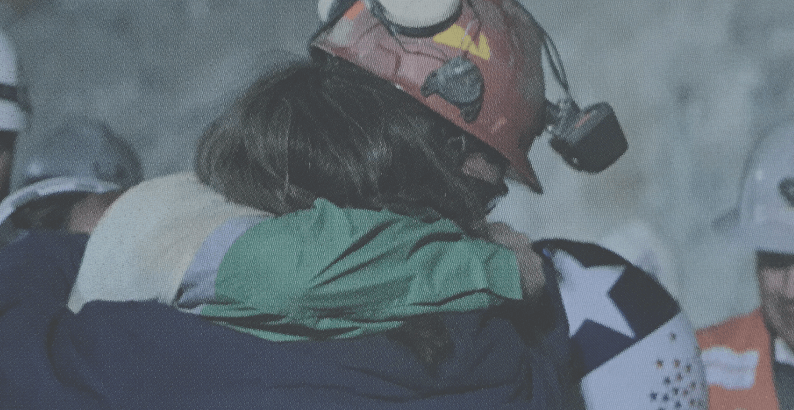
- El Nuevo Herald, USA -
- Kuwait Times, Kuwait -
- Diario La Razón, Bolivia -
- Página 12, Argentina -
- El País, España -
- Herald Sun, Australia -
- Bild, Alemania -
- Le Journal de Montreal, Canadá -
- China Daily, China -
Because of the determination of Chilean people in this collaborative achievement, leaders from different countries commend this successful rescue. Watch here!
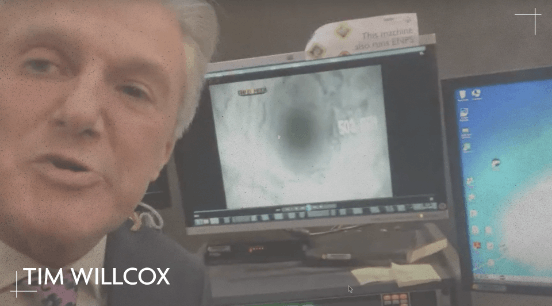
800 journalists. 300 international networks and publications. One billion people glued to their TV screens. The rescue of the miners became one of the most highly broadcasted news stories in history. The eyes of the world were on our country thanks to the work of the international press. What was the reporters’ experience? The BBC’s special envoy to San José Mine tells us his experience.
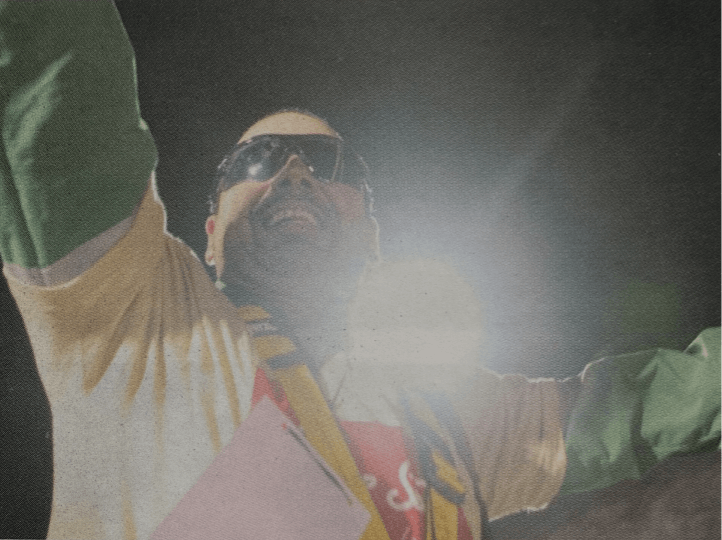


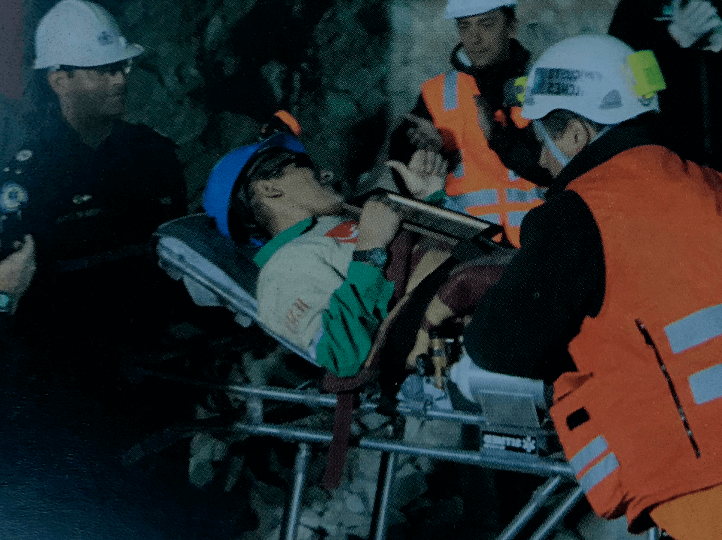

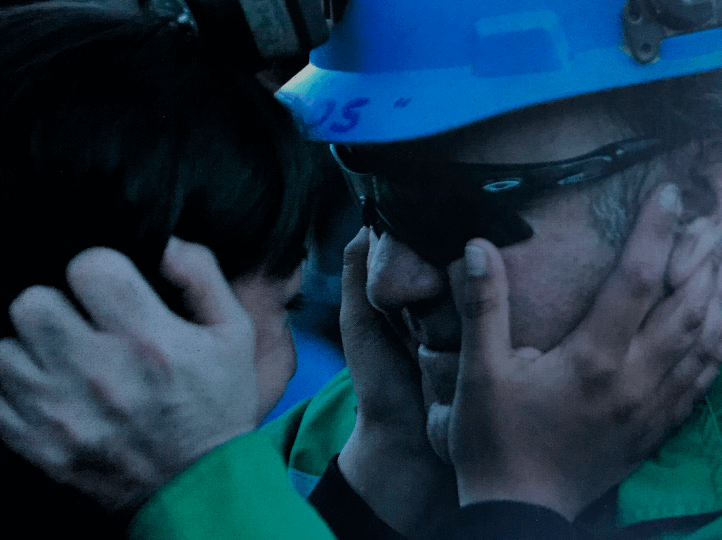






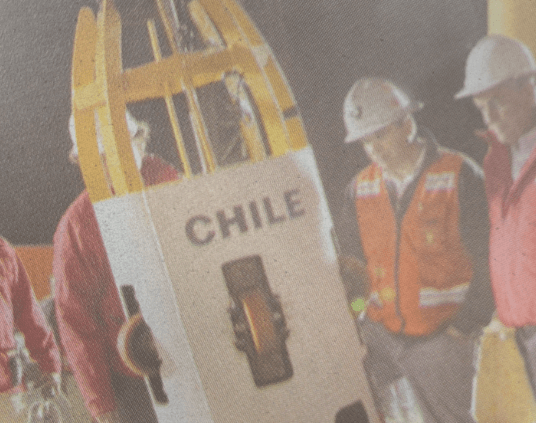
Today, October 12, the miner escape operation begins. There are expectations surrounding the mine on a global scale. Check out the details about who was first, who was last, and at what time each of the 33 got out, thanks to the tremendous help of the international community, in addition to Chilean wit and ingenuity.
Rescue schedule time October 13th

The mission, denominated “Operation St. Lawrence”, continues: saving the 33 miners continues to be the objective that unites the efforts and talents of Chile and of the world. Plans A, B, and C are put into place, with Plan B as the most promising. The arrival of the Phoenix Capsule increases confidence and provides a sigh of relief to the miners’ families and all those who have been closely following the events.

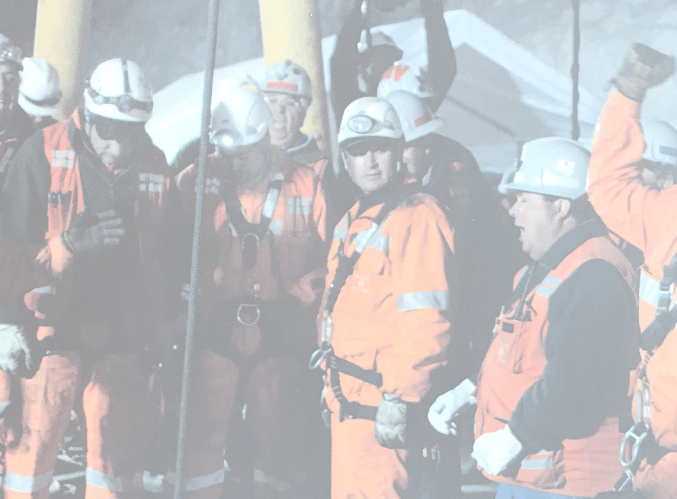
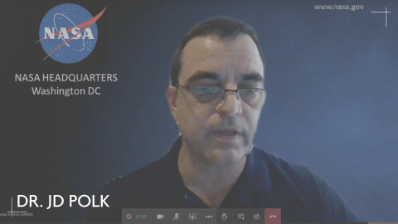
Over the course of four days, a delegation from NASA visited the San José Mine to share their expertise. Engineers, doctors, and experts in confinement and extreme situations advised our country, but they also realized that the rescue of the 33 miners could provide knowledge for future space missions. We spoke to NASA, and this is what they told us.
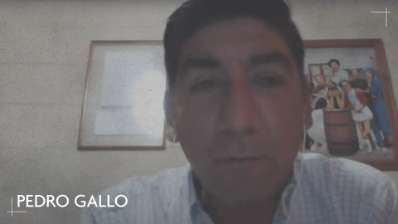
Once it had been discovered that the 33 miners were alive, communication had to be made. The problem was, how? A Chilean electrician from Copiapó, unknown by the authorities, put his talent and ingenuity to work for the cause. This is the story of Pedro Gallo, creator of the “Gallophone”, the communication system that was key to the rescue.
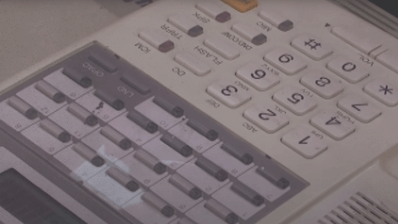
What were the “doves”? In order to establish communication with the 33 miners underground, 2 simple PVC pipes were used. Through these so- called “doves”, food, medicine, and tools could be sent, in addition to introducing a telephone line, which would give rise to the ever-important “Gallophone”.
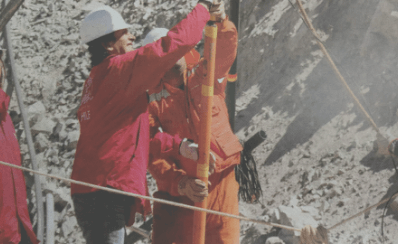
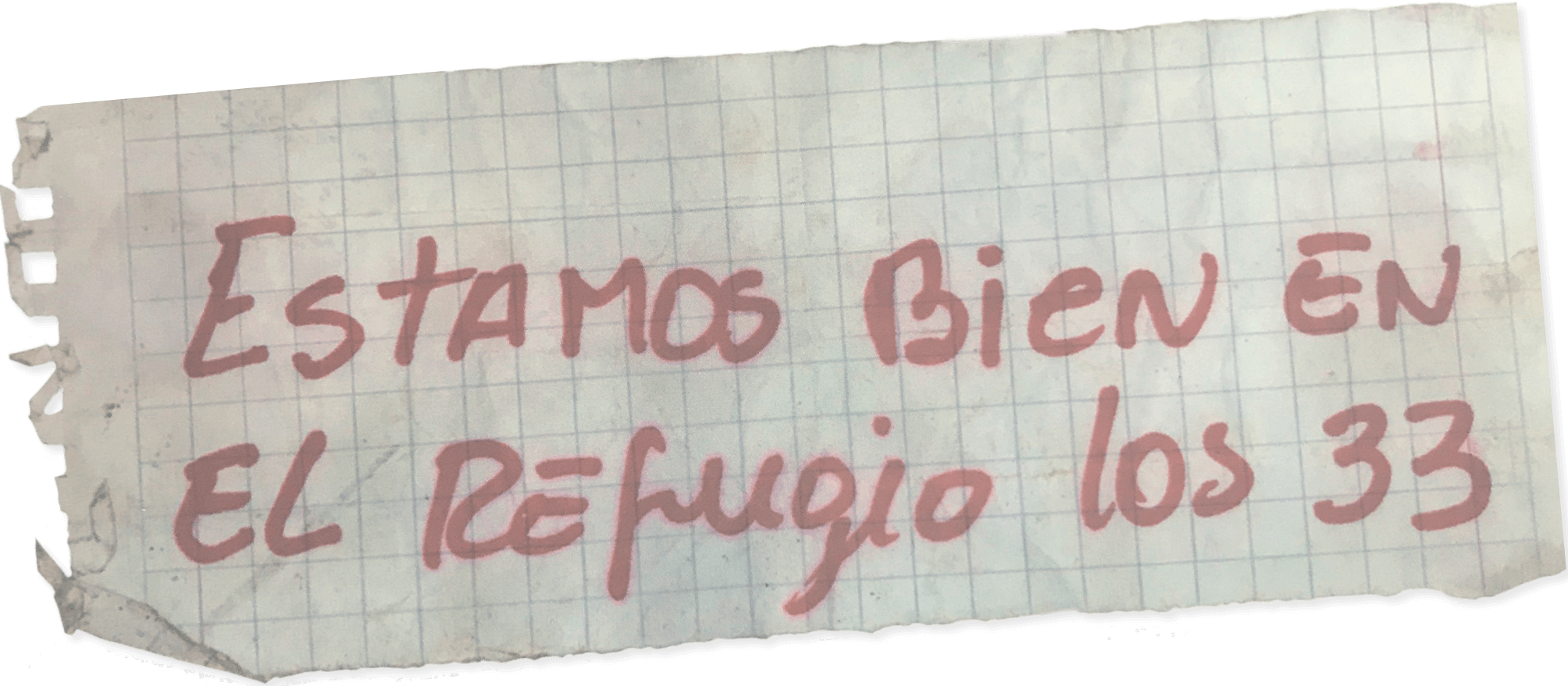
Visual contact is believed to have been made possible for the first time. Thanks to the labor of dozens of engineers and rescue specialists that have joined in cooperation from every latitude of the planet. Will the feat be accomplished? Relive the journey from the surface to the bottom of the mine through this probe, and surprise yourself with the result.
Activate Audio
Today is an exciting day in the rescue at the mine. Contact is made for the first time with the miners, thanks to the collaboration and teamwork of many countries. Listen to the reaction at the exact moment when the crowd finds out that they are alive.
After days of arduous work, the probe predicts that contact with the 33 miners is possible. Hope remains intact, the collaboration continues.

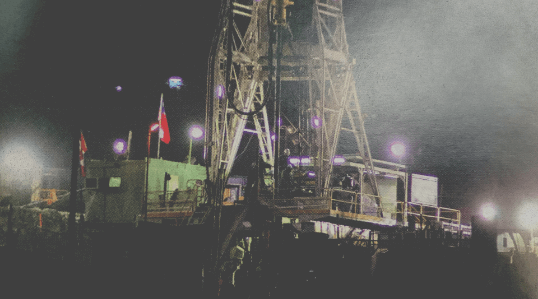

AUGUST 14th
President, Sebastián Piñera.
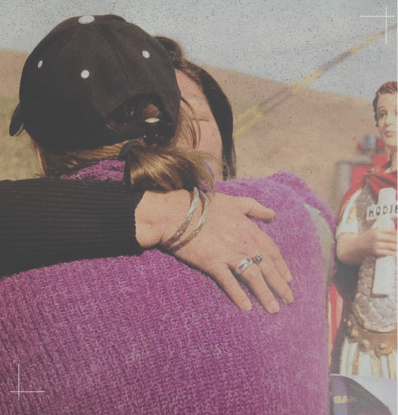
Find out how this experience was for ANDRÉ SOUGARRET.
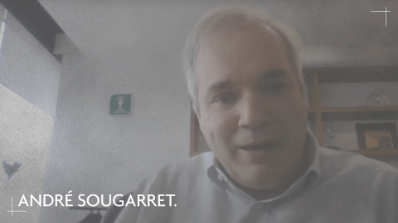
Find out how this experience was for ANDRÉ SOUGARRET.
With years of experience in the mining industry, André Sougarret became a key individual in rescuing the 33 miners. This Chilean engineer had to complement his knowledge and open himself up to receiving all kinds of ideas in order to carry out a mission that not only marked his career, but his life as well. What were the keys to making “Operation St. Lawrence” work? Check out his interview below.
"There was no competition, there was collaboration." That’s how the rescue is described by René Aguilar, second in charge of this historic, successful operation. He is proof that with seriousness, commitment, and creativity, the impossible can be achieved, if we all act in unison. Part of his testimony in the following article.
33 miners, 700 meters below ground, 33 families having to wait to see their loved ones again. An entire country paying attention, day and night… and the whole world, too. After 69 days came light and joy for everyone. A successful rescue, as a result of the teamwork between quite a few people, demonstrating that the power of collaboration can unite all of Chile and the world. These are the stories of those who formed part of one of the biggest collaborations worldwide.

SCROLL UP








DISCOVER THE STORY OF THE RESCUE THAT MOBILIZED THE WORLD
